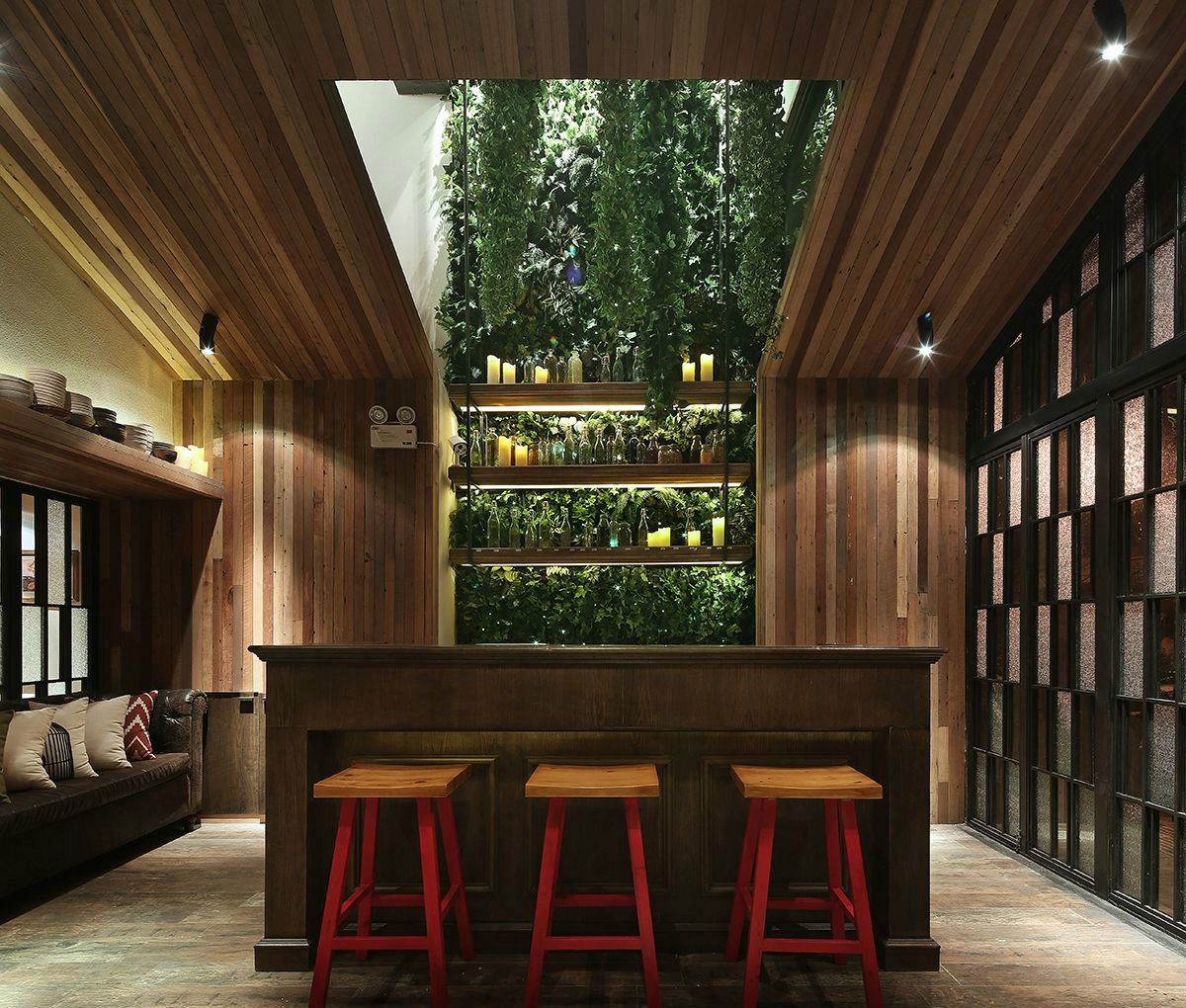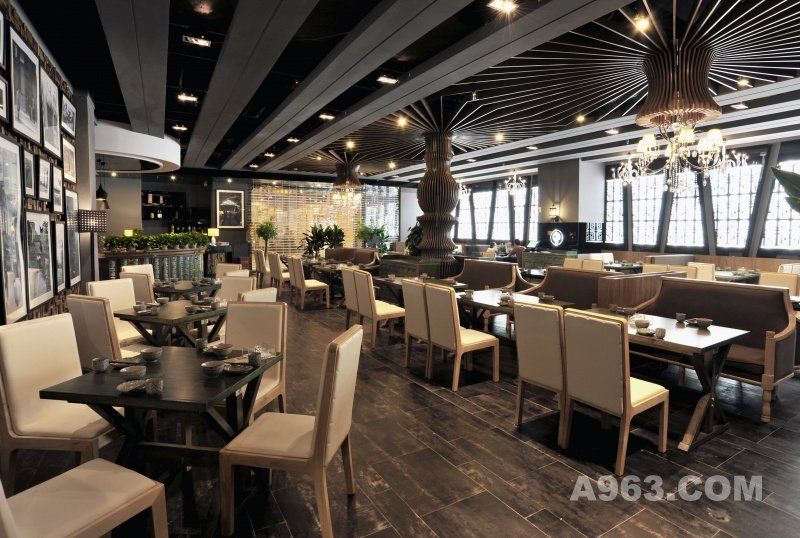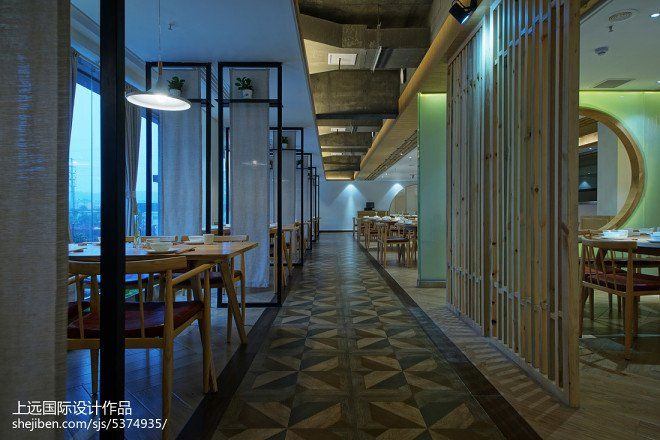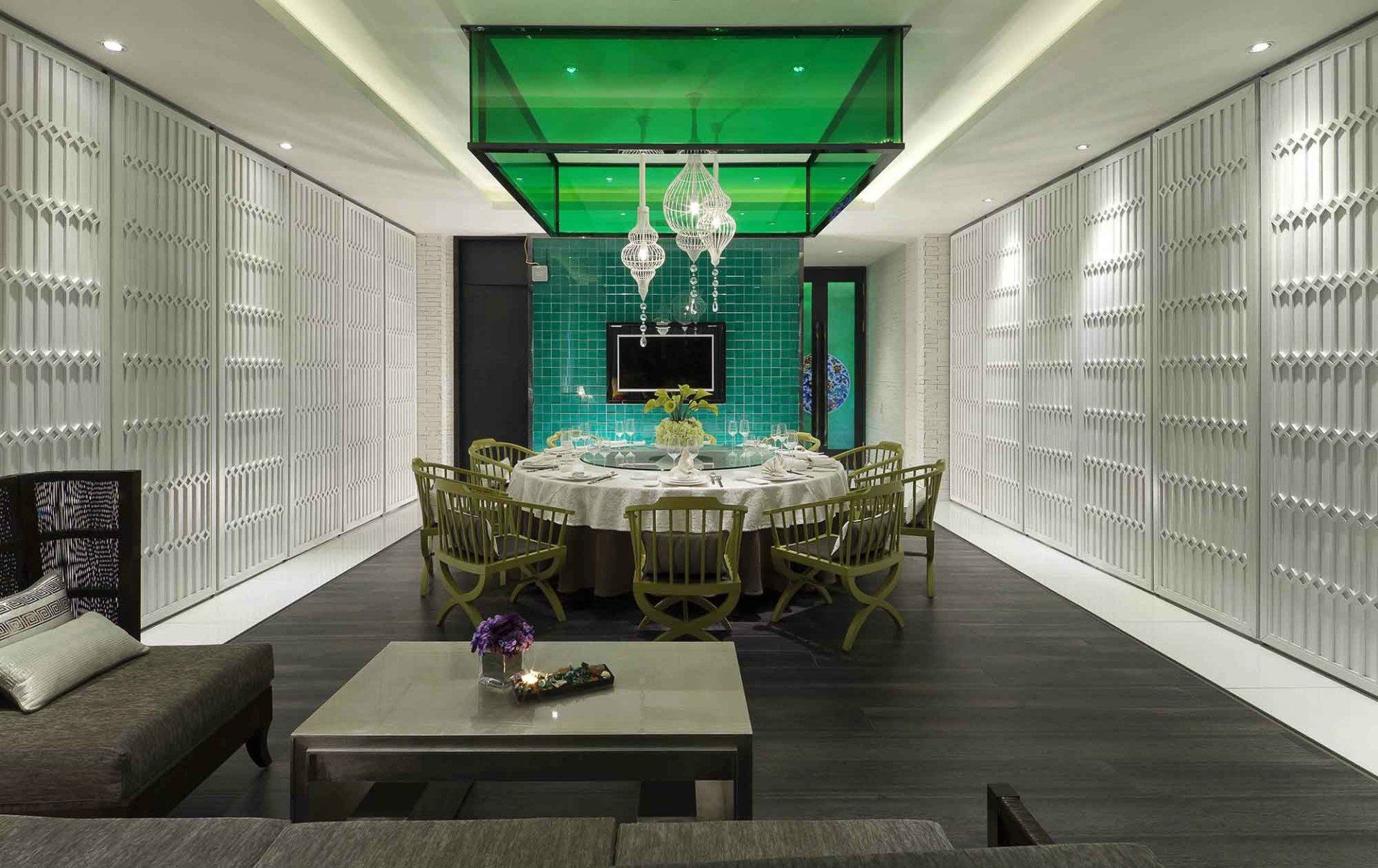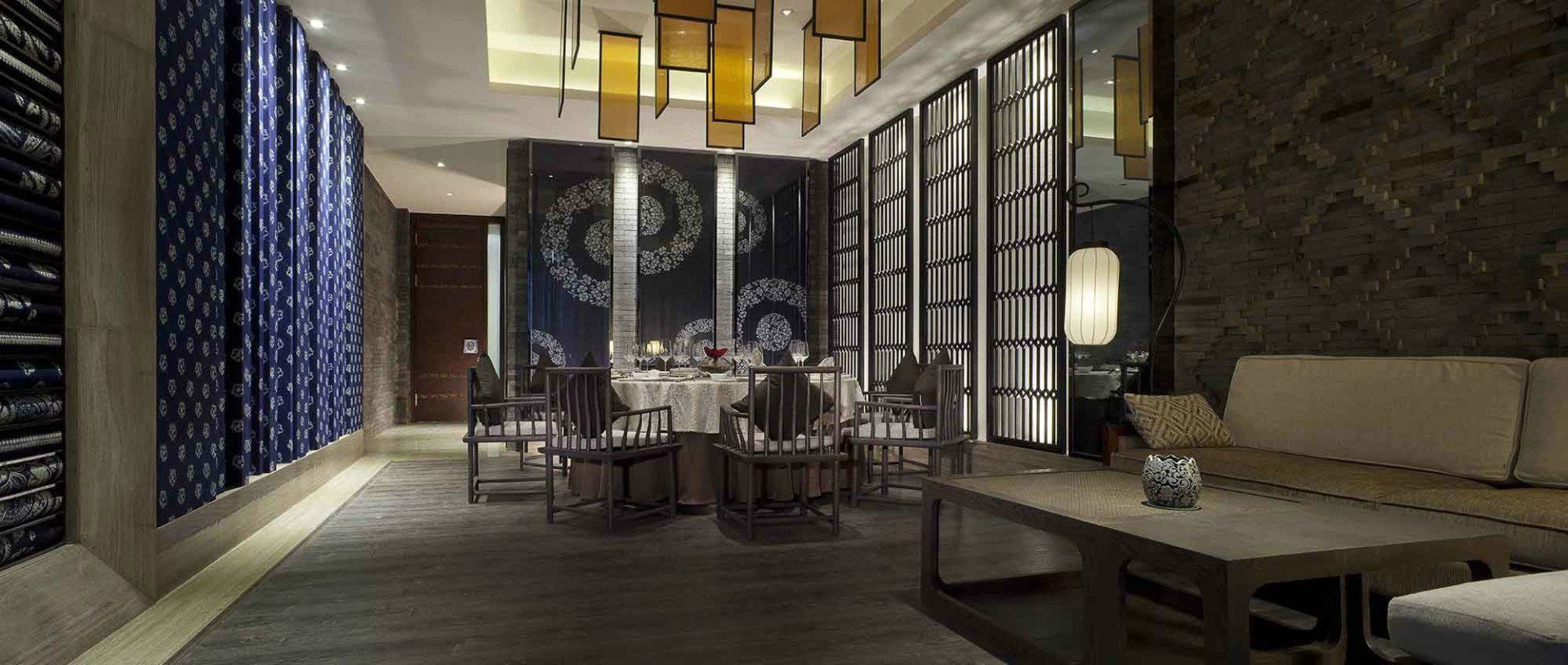Why Your Restaurant's Concept Is Critical
24 april 2019
Making your restaurant stand out from competitors

A restaurant's concept is often defined as its culinary style - fast food, fast casual, casual, fine dining, gastropub, fusion, neighborhood and sports-lovers dining. Other popular concepts include family dining, bistros, coffee shops, buffets, midscale dining and mobile food trucks. However, just a brief Google search will show that there are dozens of pizza places, burger joints and culinary franchises in any developed area of the world. Competition is fierce.
That's why it's important to define your restaurant's concept more fully. It's similar to using the right long-tail keywords in organic searches. Customers are likely to define their food preferences in their searches such as using the key phrase "organic vegetarian pizza" instead of generic "pizza." You can define and promote your concept as an ideal choice for diners looking for key certain standards of food, service and atmosphere.
Using Your Concept or Theme to Distinguish Your Food Business
It's important to define your concept before you begin other restaurant development efforts. If you change your concept, you'll have to begin the planning process again and make some significant changes in the menu, decor, service standards and advertising strategy. When incorporating the details of your restaurant planning, you should choose elements that complement your concept and theme. Areas that you should plan to coordinate with your concept include:
Naming dishes to reflect the restaurant's concept
Choosing dining room decor and accents for your concept and targeted guests
Sourcing food for your concept such as choosing farm-to-table suppliers, low-cost processed foods, organic ingredients or high-end meats and produce
Using electronic signs, art, dining room accents and physical signs to mirror your concept
Training your staff to deliver the appropriate level of service such as teaching servers about wines for fine dining service
Naming the restaurant to suggest your concept
The single most important issue is designing your menu to appeal to like-minded customers. Other important management considerations to promote your concept include:
Satisfy customer expectations such as implementing a dress code for fine dining establishments.
Develop the menu as your core document so that you can refer to it when making other decisions.
Deliver a consistent experience on each visit.
Plan special events that harmonize with the concept.
Some restaurants deliver separate dining experiences in different parts of the restaurant, and bars often feature a different concept than the dining room. However, you should unite these differences with a common conceptual thread such as low prices, farm-to-table, no artificial ingredients, gourmet preparations, etc.
Choosing a Concept
Your restaurant concept is basically how your restaurant works. This includes prices, menu, interior design, seating style, service and atmosphere. Successful concepts include the following ideas:
Casual dining and food cooked to order in a relaxed atmosphere with standard service
Fast casual that combines fast food with casual dining to generate faster service with a smaller menu and lower prices
Fine casual restaurants that combine haute cuisine and lower prices with fewer amenities than traditional fine dining establishments
Diner-type restaurants that typically serve fast food with elements of self-service in unique spaces often designed as a bus, train car or trolley
Street food at food trucks, trailers, booths and wagons
Fast food that includes pizza restaurants, sausage shops, kebab places, burger restaurants, buffets, food to take out, prepackaged foods, breakfast places and other fast food options
Collaborative restaurant concepts are also gaining popularity. Popular retailers like Tiffany & Co now feature an in-house restaurant - Tiffany's has The Blue Box Cafe - where customers really can have breakfast at Tiffany's or snack while waiting on a spouse or friend to shop. These marketing ideas don't require single ownership; two entrepreneurs could easily partner in a shared space featuring an eatery and a different kind of retail operation.
In fine dining restaurants, front-of-the-house and back-of-the-house staffers often work together to create a high-end customer dining experience. The name of the dish, the sourcing suppliers, presentation, food quality, tableside lighting and furniture deliver an interconnected dining experience.
Putting a Unique Mark on a Concept
Mashups are increasingly popular, and the trend got a big boost from nouveau cuisine in the 1980s. This dining trend focused on a mashup of classic French techniques, creativity and available local ingredients. Today's mashups mix it up with cooking techniques, ingredients, atmosphere and service. For example, you might serve burgers, hot dogs and fries with candlelight and tablecloths for couples or gourmet foods in a picnic basket. All types of fusions are possible where there's a market, cooking talent and determination to succeed. You can create a matchless restaurant experience using creativity and cross-culinary skills.
Unique Restaurant Throughout the World
Highly creative concepts can turn small restaurants and creative ideas into international culinary destinations. You can achieve a remarkable level of success - even if it's just local - by trying to be unique enough to attract a core group of customers. Aaronallen.com recently posted a list of European restaurants with unique concepts:
Dark Restaurant
Nocti Vagus in Berlin serves diners in darkness, and blind or visually impaired servers staff the restaurant. The concept is that losing one sense heightens other senses such as taste. Food tastes more remarkable, and the aromas and sounds of sizzling platters enhance the dining experience beyond the ordinary when you sit in the dark.
Thrill Seekers
In Lloret de Mar, Spain, The Disaster Café simulates the effects of a 7.8-degree earthquake during service times. Although that wouldn't appeal to many everyday diners, a unique subset of thrill seekers value the experience.
Volcano Grill
Lanzarote, a Spanish island, uses its volcano for more than tourism. El Diablo restaurant actually cooks meals over an active volcano hole.
Futuristic Dining
Baggers restaurant in Germany steals a step on the competition. The restaurant blends self-service and full-service by arranging for customers to place their orders on touch screens. The food arrives on roller coaster tracks. The future is now for entrepreneurs with forward-looking restaurant concepts.
Researching a Unique Concept
Your idea could go badly wrong unless you research the concept. That includes matching the cuisine with local demographics, choosing a workable location and studying the costs. Other considerations during your research should include:
The concept should cover more than cuisine including decor, lighting, ambience and service.
The message must be unique enough to appeal and simple enough for each customer to understand and remember.
You should define the budget and identify any cash flow or capitalization problems.
Find the easiest way to present your concept.
Determine the demographic makeup of local residents within a one-, two- and three-mile radius.
Breakfast and lunch customers generally eat within a one or two miles radius while evening diners might travel further for a unique food concept or outstanding food.
A unique and appealing concept will make your restaurant stand out and give prospective diners an easy way to find your business with unique keyword combinations. Your concept should be a primary tool for branding your restaurant with your ideal customer.

After closing for three months for a $2.9 million renovation of its 64-year-old structure, the Central Park Boathouse — also sometimes called the Loeb Boathouse — is back in business, the Post reports, with more seats and an upgraded look to make the scenic, lakeside restaurant even more Instagram-ready. The renovation and restoration of the restaurant, located near Central Park’s entrance at Fifth Avenue and East 72nd Street, includes new furniture, finishes, and lighting, as well as more muted colors, improving on the building’s water-worn exterior. Dean Poll, who has owned the restaurant since 2000, told the Post that Central Park Boathouse “was tired after 18 years.” The renovations reflect a more modern restaurant with an expanded main dining room that went from 160 to 185 seats and 30 new high-top seats that have a full view of the lake. Wood floors, damaged by water, have been replaced with tile. The bar has been expanded, too. “Aesthetically, it’s all going to be more appealing. It will feel like a porch overlooking the lake,” Poll tells the Post. As for the food, executive chef John Greeley is back with a seafood-heavy American menu, serving dishes like a char-grilled octopus appetizer and a seafood bucatini main. But the restaurant isn’t necessarily known for its food, which is fairly basic and on the pricier side, with entrees ranging from $27 to $45. Here, it’s more about the location and views, a place to have a drink on the water that tends to attract a mix of tourists willing to shell out for food with a view, plus locals who just want to have a drink in Central Park. The restaurant has appeared in classic romantic comedy movies like When Harry Met Sally and 27 Dresses, which makes sense considering the picturesque views and lakeside setting. Central Park Boathouse is now reopen for lunch and dinner as well as weekend brunch. Central Park Boathouse is back just in time for spring [NY Post]

